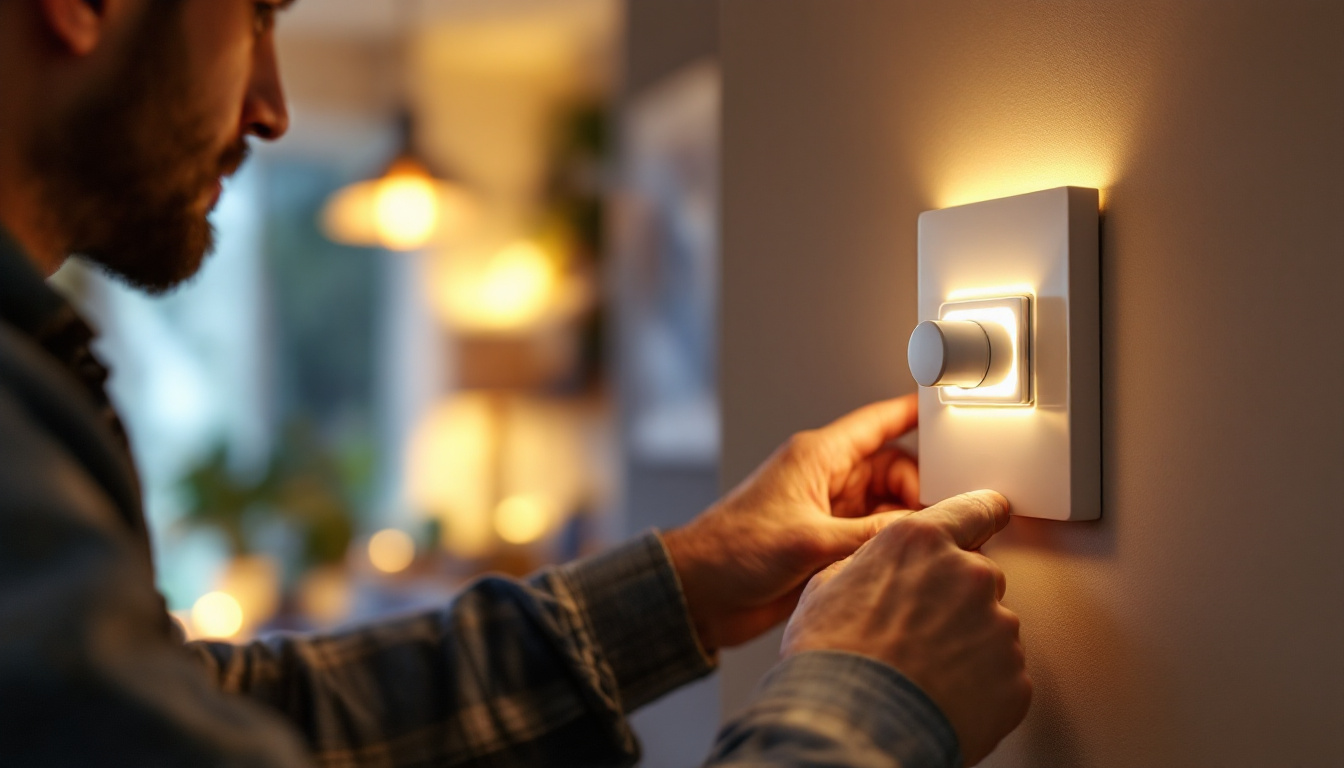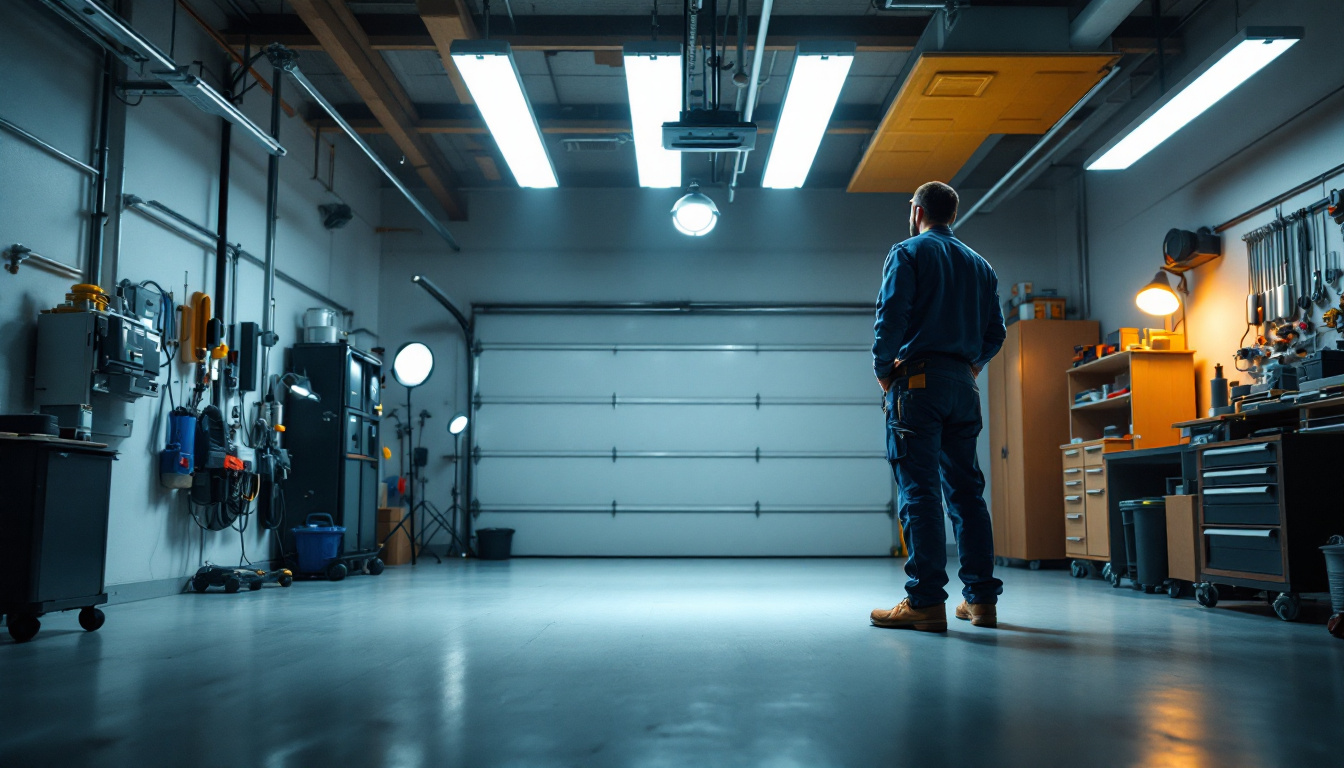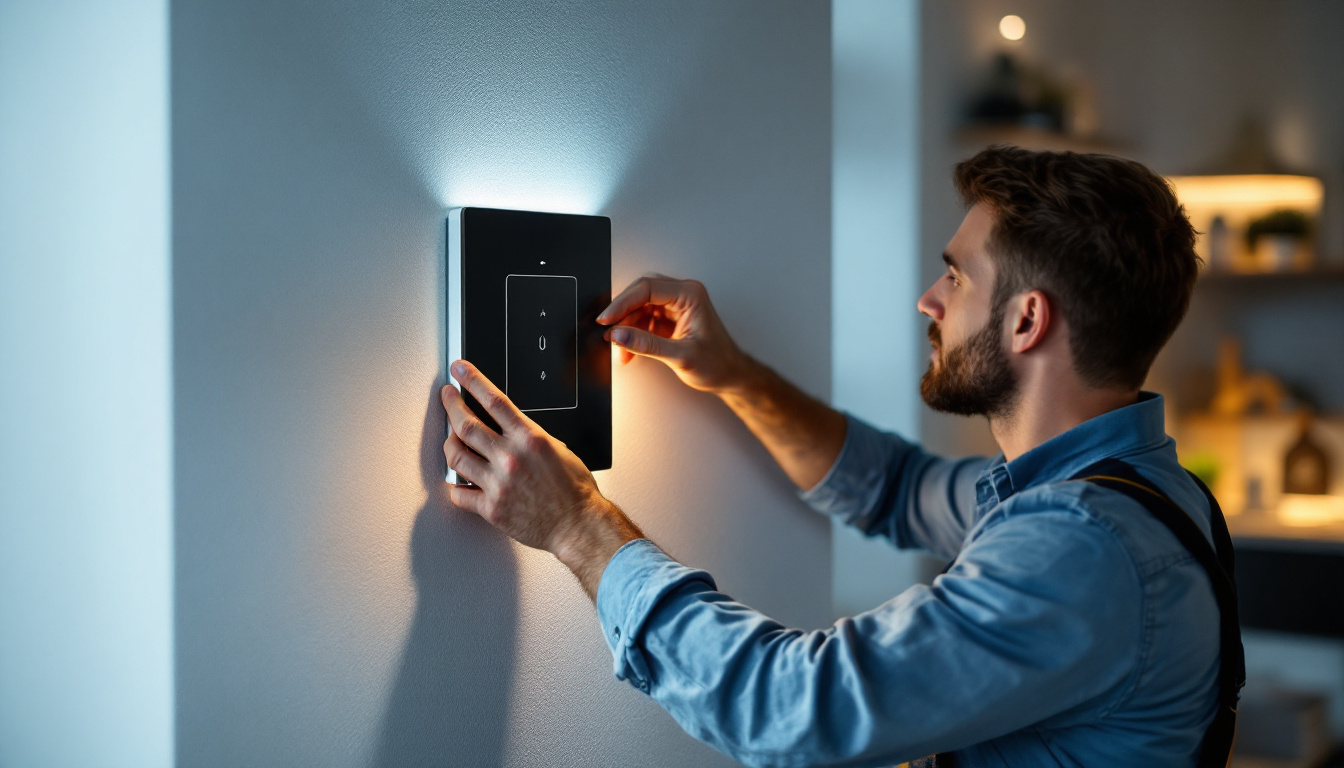
In an era where sustainability and energy efficiency are becoming paramount, solar lamps present an innovative solution for lighting contractors. These devices not only reduce electricity costs but also enhance the aesthetic appeal of outdoor spaces. Understanding the advantages, installation processes, and maintenance of solar lamps can significantly simplify the work for lighting professionals.
Solar lamps offer numerous benefits that can make them an attractive option for lighting contractors. From cost savings to environmental impact, the advantages are compelling.
One of the most significant advantages of solar lamps is their cost efficiency. Since they operate on solar energy, contractors can reduce installation costs associated with wiring and trenching. This not only saves time but also minimizes labor costs. Additionally, the long-term savings on electricity bills can be a strong selling point for clients.
Moreover, many solar lamps come with built-in batteries that store energy for nighttime use. This feature ensures that even in cloudy weather, the lamps remain functional, providing reliable lighting without additional energy costs. The maintenance of solar lamps is also generally lower than traditional lighting systems, as they typically require less frequent bulb replacements and have fewer components that can fail.
With a growing focus on sustainability, solar lamps contribute positively to the environment. By harnessing renewable energy, they reduce reliance on fossil fuels and decrease carbon footprints. Lighting contractors can promote these benefits to environmentally conscious clients, enhancing their service offerings.
Furthermore, solar lamps often use LED technology, which is more energy-efficient than traditional incandescent bulbs. This combination of solar power and LED technology results in lower energy consumption and longer lifespans for the lamps, making them an eco-friendly choice. As communities strive to meet sustainability goals, the integration of solar lighting solutions can play a pivotal role in urban planning and development, showcasing a commitment to green initiatives.
Solar lamps come in various designs, making them suitable for diverse applications. From pathway lights to decorative garden fixtures, contractors can find products that meet their clients’ aesthetic preferences. This versatility allows for creative installations that enhance outdoor spaces while providing essential lighting.
Additionally, many solar lamps are designed to be weather-resistant and durable, ensuring they can withstand various environmental conditions. This durability can be a significant selling point for clients looking for long-lasting solutions. Beyond just functionality, the aesthetic appeal of solar lamps can transform outdoor areas into inviting spaces, encouraging social interaction and outdoor activities. With options ranging from sleek modern designs to vintage-inspired styles, contractors can cater to a wide array of tastes, ensuring that every project can be customized to meet specific client needs.
While the installation of solar lamps is generally straightforward, understanding the nuances can help lighting contractors streamline their processes. Proper installation ensures optimal performance and longevity of the lamps.
Before installation, conducting a thorough site assessment is crucial. Contractors should evaluate the area for sunlight exposure, as solar lamps require direct sunlight to charge effectively. Identifying any potential obstructions, such as trees or buildings, can help determine the best locations for the lamps.
Additionally, contractors should consider the intended use of the lighting. For example, pathway lights may need to be spaced differently than decorative garden lamps. Understanding the client’s needs during this assessment can lead to a more successful installation. It’s also beneficial to take into account the aesthetic aspects of the installation; the positioning of the lamps should enhance the overall landscape design while providing functional illumination. This dual focus on utility and beauty can significantly elevate the client’s satisfaction with the final outcome.
The installation process for solar lamps typically involves a few key steps. First, the contractor should clear the installation area of debris and ensure the ground is level. Next, the lamp should be positioned in a location that receives ample sunlight throughout the day.
Most solar lamps come with easy-to-follow instructions. Generally, they require minimal tools, often just a shovel for digging holes if necessary. Once installed, the lamps should be tested to ensure they are functioning correctly and receiving adequate sunlight. It’s also wise to educate the client about the importance of maintaining the solar lamps, such as periodically cleaning the solar panels to maximize efficiency and checking for any obstructions that may arise over time. This proactive approach can help maintain the lamps’ performance and extend their lifespan.
Despite their simplicity, contractors may encounter challenges during installation. One common issue is inadequate sunlight due to obstructions. In such cases, relocating the lamp or trimming nearby foliage may be necessary.
Another challenge can arise from the quality of solar lamps. Not all products are created equal; therefore, contractors should choose reputable brands to ensure reliability and performance. Investing in quality products can reduce the likelihood of future maintenance issues. Furthermore, contractors should also be aware of the varying battery types used in solar lamps, as some batteries perform better in colder climates while others may be more efficient in warmer temperatures. Understanding these nuances can help contractors make informed decisions that align with the specific environmental conditions of the installation site.
While solar lamps require less maintenance than traditional lighting systems, some care is still necessary to ensure optimal performance. Understanding the maintenance requirements can help contractors provide better service to their clients.
One of the simplest yet most effective maintenance tasks is regular cleaning. Dust, dirt, and debris can accumulate on the solar panels, reducing their efficiency. Contractors should recommend that clients clean the panels periodically to maximize sunlight absorption.
Using a soft cloth and mild soap is usually sufficient for cleaning. It is essential to avoid harsh chemicals that could damage the panels. Educating clients about this simple maintenance task can enhance the longevity of their solar lamps. Additionally, contractors might suggest cleaning the lamps during the early morning or late afternoon when the panels are cool, preventing any potential thermal shock that could occur with sudden temperature changes.
Over time, the batteries in solar lamps may need replacement. Most solar lamps use rechargeable batteries, which have a limited lifespan. Contractors should inform clients about the signs of battery failure, such as dim lighting or inconsistent performance.
Replacing the batteries is typically a straightforward process, but it is crucial to use compatible replacements to ensure proper function. Providing clients with guidance on when and how to replace batteries can enhance their satisfaction with the product. Moreover, contractors could consider offering a battery recycling program, encouraging clients to dispose of old batteries responsibly, thereby contributing to environmental sustainability.
Seasonal changes can also impact the performance of solar lamps. In winter months, for instance, shorter days and potential snow cover can affect charging. Contractors should advise clients on how to position lamps for optimal sunlight exposure during different seasons.
Additionally, in areas with heavy snowfall, it may be necessary to clear snow from the solar panels to ensure they continue to function effectively. Providing seasonal maintenance tips can further establish contractors as knowledgeable professionals in the field. Furthermore, clients should be made aware of the potential benefits of using solar lamps with built-in sensors that can adjust brightness levels based on ambient light conditions, ensuring that their outdoor spaces remain illuminated even during challenging weather conditions.
Another crucial aspect of maintaining solar lamps is monitoring their performance over time. Contractors should encourage clients to keep an eye on the brightness and functionality of their lamps, as any noticeable decline could indicate underlying issues that need to be addressed. Regular performance checks can help in early detection of problems, allowing for timely interventions that can save costs in the long run.
In addition to visual inspections, contractors might suggest using performance tracking apps or devices that can provide data on energy production and usage. This technology can empower clients to optimize their solar lamp systems further, ensuring they are getting the most out of their investment. By integrating technology into maintenance routines, clients can feel more engaged and informed about their solar energy systems, fostering a sense of ownership and responsibility.
With a wide variety of solar lamps available, selecting the right products for specific projects can be daunting for lighting contractors. Understanding the key features and specifications can simplify this process.
When choosing solar lamps, brightness is a critical factor. Measured in lumens, the brightness level will determine how well the lamp illuminates an area. Contractors should assess the intended use of the lighting to select lamps with appropriate lumen output.
For pathways and security lighting, higher lumens may be necessary to ensure visibility. Conversely, decorative lamps may require lower brightness levels for ambiance. Understanding these needs can guide contractors in making informed decisions.
The battery capacity of solar lamps also plays a vital role in their performance. A higher capacity battery can store more energy, allowing the lamp to operate longer during the night. Contractors should consider the average hours of darkness in the area when selecting lamps.
Additionally, it is essential to choose lamps with batteries that are easy to replace. This feature can enhance the overall user experience and reduce maintenance hassles for clients.
Durability is another crucial aspect to consider. Solar lamps should be designed to withstand various weather conditions, including rain, snow, and extreme temperatures. Contractors should look for products that are rated for outdoor use and have weather-resistant features.
Materials such as stainless steel or high-quality plastics can enhance the lifespan of solar lamps, making them a worthwhile investment for clients. Educating clients on the importance of durability can help them appreciate the value of their investment.
Solar lamps present a unique opportunity for lighting contractors to offer innovative, sustainable lighting solutions. By understanding the advantages, installation processes, and maintenance requirements, contractors can simplify their work while providing exceptional service to clients.
As the demand for energy-efficient and environmentally friendly products continues to grow, solar lamps will likely play an increasingly significant role in the lighting industry. Embracing this technology can position contractors as leaders in the field, ready to meet the evolving needs of their clients.
Incorporating solar lamps into projects not only enhances outdoor spaces but also contributes to a more sustainable future. By staying informed about the latest advancements and best practices in solar lighting, contractors can ensure they remain competitive in a rapidly changing market.
Ready to lead the charge in sustainable lighting solutions? LumenWholesale is your trusted partner, offering an exceptional range of solar lamps and spec-grade lighting products at unbeatable wholesale prices. Say goodbye to middleman markups and hello to superior quality that meets the highest industry standards. With free shipping on bulk orders, you can stock up on reliable, high-performance lighting without any hidden fees. Elevate your lighting projects and enjoy the best value in the industry. Wholesale Lighting at the Best Value is just a click away. Partner with us today and light up your success!

Discover why lighting contractors should prioritize lighted dimmer switches in their projects.

Discover the essential insights lighting contractors need to know about LED garage lights.

Discover how LED light dimmers are revolutionizing the lighting industry for contractors, offering enhanced energy efficiency, customizable ambiance, and increased client satisfaction.

Explore the transformative impact of Chicago Exit signs on modern lighting solutions.